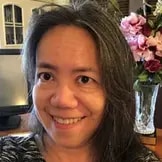Today we celebrate the invaluable contributions of women technologists at Nokia Bell Labs

Women technologists have been integral to Bell Labs since our founding in 1925. From working as human computers to writing computer software to basic scientific research and engineering, women have made and continue to make significant contributions. It is only fitting that on International Women’s Day (IWD), we take a moment to recognize their achievements and reflect on how they embody the goals and ideals of IWD then and today.
IWD was started in 1911 at a time when countries around the world began giving women the right to vote. This day marks a call to action for accelerating women’s equality. This year’s call-to-action theme is “Choose to Challenge” (#ChooseToChallenge). As the IWD website states:
“A challenged world is an alert world. Individually, we're all responsible for our own thoughts and actions - all day, every day. We can all choose to challenge and call out gender bias and inequality. We can all choose to seek out and celebrate women's achievements. Collectively, we can all help create an inclusive world. From challenge comes change, so let's all choose to challenge."
Nokia Bell Labs would like to encourage and amplify this message, and in so doing, we only need to look to the examples set by the pioneering women mathematicians, scientists, and engineers of Bell Labs. For almost a century, these women have challenged gender assumptions and bias by making their indelible marks on the research world.
Bell Labs is a world-renowned research center founded in 1925, created jointly by AT&T and Western Electric with staffing seeded from both organizations. This included a math research division with groups that were often filled exclusively by women mathematicians who worked as human computers before the advent of electronic computers.
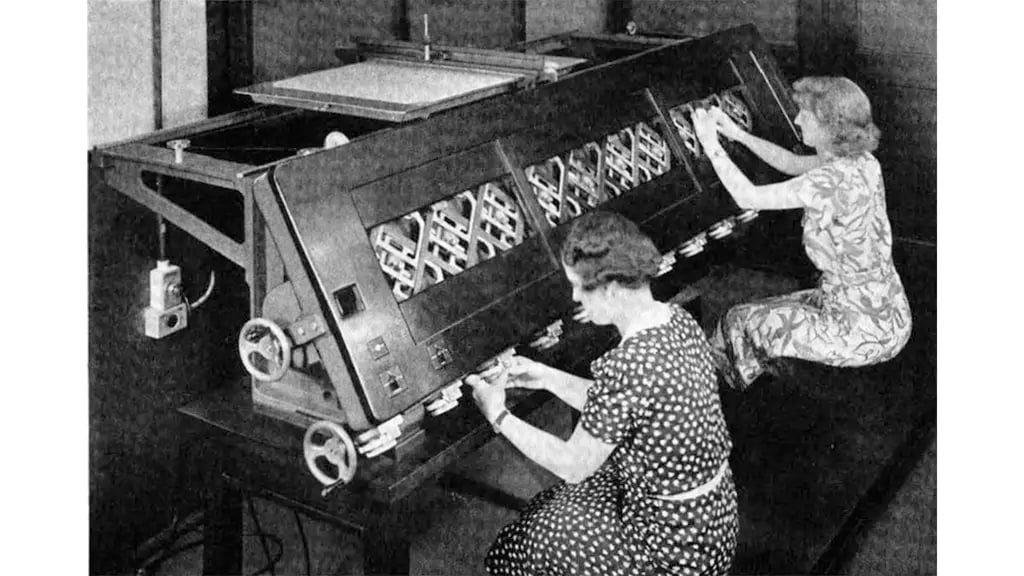
AT&T began its math research work in 1915 by hiring Sallie P. Mead who studied at Barnard College – the women’s school associated with Columbia University. Her first assignment was to study transient oscillations in electrical networks to help Western Electric engineers solve complex transmission problems. The next year, AT&T hired Thorton Fry, its first PhD mathematician, and Fry in turn hired Barnard graduate Clara Lillian Froelich who would go on to become Fry’s “right arm.” In 1925, they all moved to the newly established Bell Telephone Laboratories, becoming key contributors in the corporate division for the industrial application of mathematics and statistics.
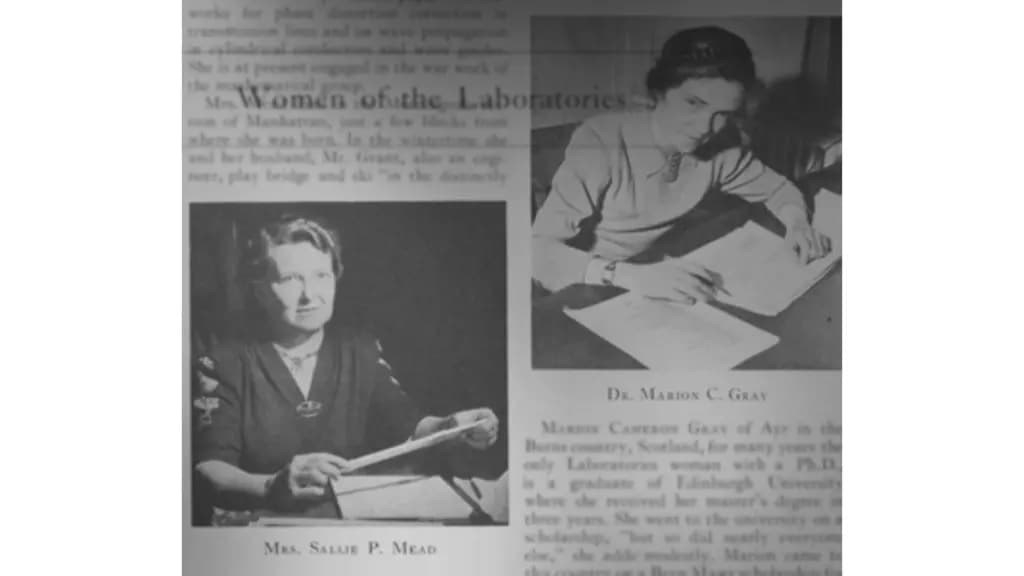
Bell Labs’ women mathematicians included Marion C. Gray, PhD, who joined the company in 1934 and worked on mathematical problems connected to electromagnetic wave and radio propagation. She is famous for her discovery of the “Gray Graph,” the smallest possible cubic semi-symmetric graph.
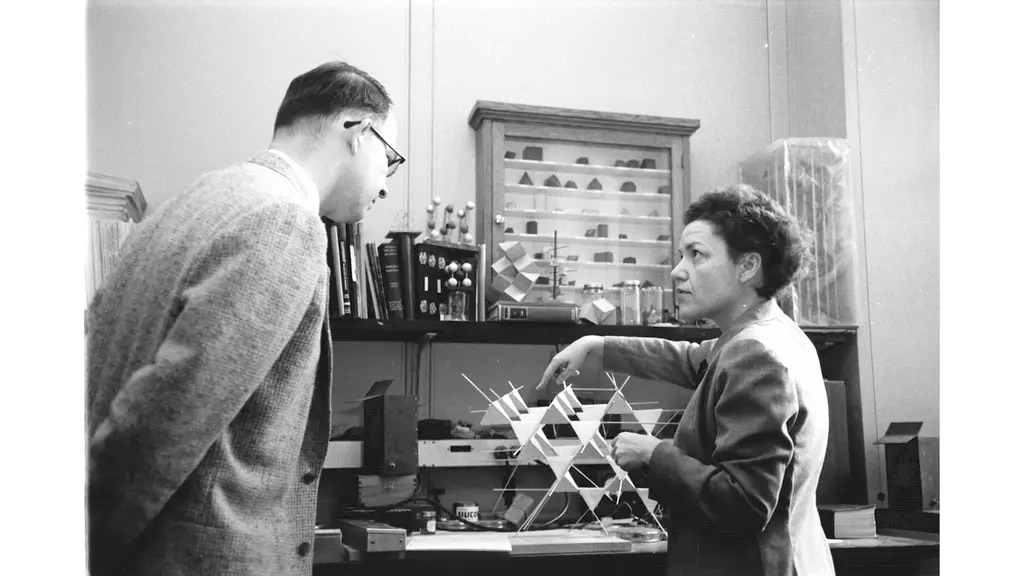
Seventeen years after our founding, Bell Labs hired in 1942 our first woman scientist, Elizabeth Armstrong Wood, PhD. Wood co-founded the American Crystallographic Association (ACA) where she served as president in 1957. From that point onwards, many outstanding and award-winning women scientists and engineers have done their research at Bell Labs. These include Esther Conwell (joined in 1951), Val Kuck (1967), Evelyn Hu (1975), Shirley Ann Jackson (1976), Cherry Murray (1978), Elsa Reichmanis (1978), Alice White (1982), Susan Coppersmith (1987), Ingrid Daubechies (1987), and Zhenan Bao (1995).
The first programmable, electronic, general-purpose digital computer was unveiled to the world in 1946. It wasn’t common knowledge at the time, but we know now that the first programmers of the ENIAC were six women mathematicians who had been working as human computers. Similarly, at Bell Labs, women also played key roles in the introduction of digital computers to telecommunications network elements. In fact, Erna Schneider Hoover, who joined Bell Labs in 1954 after earning a PhD in Philosophy and Mathematics from Yale University, received one of the first software patents ever issued. Her feedback control monitoring innovation made the digital switch much more robust by greatly reducing overloading. She had worked on this solution while she was recuperating from the birth of her second daughter in the hospital and at home. Bell Labs lawyers had to visit her home while she was on maternity leave to get her signature on the patent paperwork. The principles of her invention are still used in telecommunications equipment today. Hoover is in the National Inventors Hall of Fame.
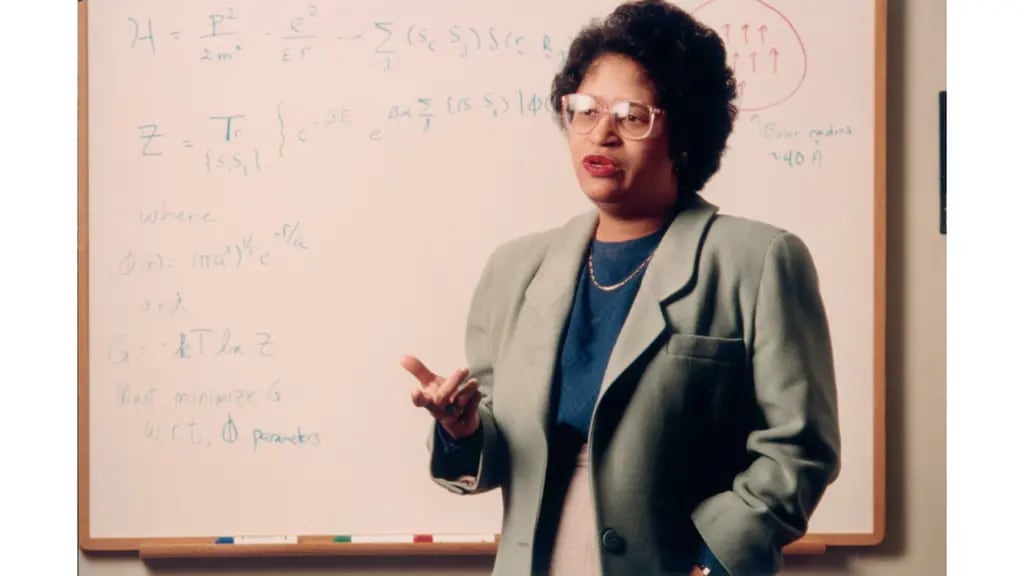
Hoover was not the only pioneering computer programmer at Bell Labs. Ruth Weiss also worked at Bell Labs in the 1950s and 1960s where she co-developed the L2 programming language – also known as Bell 2. L2 provided floating-point mathematical capabilities to the IBM 650 computer, and was widely used by programmers prior to the introduction of Fortran. She was also a computer graphics pioneer and famous for her seminal algorithms work on the problem of hidden-line removal.
Hoover, Weiss and the human computers before them paved the way for many women Bell Labs computer scientists and engineers such as AI/ML Support Vector Machine pioneers Corinna Cortes (joined in 1989) and Isabelle Guyon (1989) as well as technology leaders such as Rati Thanawala (1977), Lucy Sanders (~1982), Mary Chan (1985) and Rebecca “Beki” Grinter (1996).
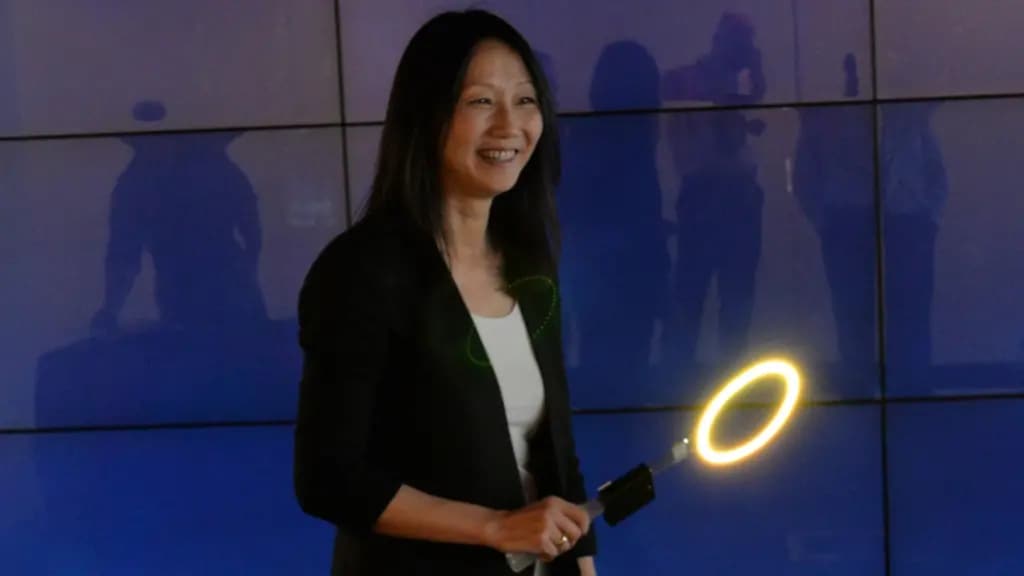
Our history and the general history of computing makes it very clear that women are both biologically inclined and have the skills to do the work in what is often erroneously considered a man’s field. We Choose to Challenge you to help overcome the latest tech stereotype and transform expectations to those of diversity, inclusiveness and collaboration – a new perception and image that assumes women, of course, can and do excel in the computing sciences as proven by our history. By sharing these stories from the past and the present these women become a part of the consciousness of our society’s culture. Let’s ensure that these women are hidden figures no more and that girls see tech careers as natural choices. By looking up to role models like these women, girls will be able to envision themselves thriving in the same fields.
Learn what inspires the women innovators at Nokia
Blog title image features Wanda Mammel who helped create Bell Labs’ first computer operating system, BESYS, and worked in both the computing and applied mathematics fields at Bell Labs.
The pictures within the text in order from top to bottom are 1) Women human computers operating an Isograph 2) Sallie Mead and Marion C. Gray, 3) Elizabeth Armstrong Wood, 4) Shirley Ann Jackson, and 5) Zhenan Bao.
